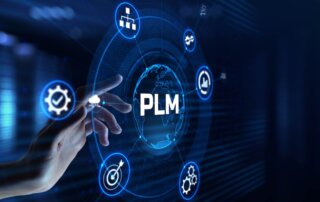BOM Management Software: What It Is and Why You Need It
A well-organized Bill of Materials (BOM) is the backbone of every successful product development process. Whether you’re designing a new product or managing engineering changes, effective BOM management software […]









